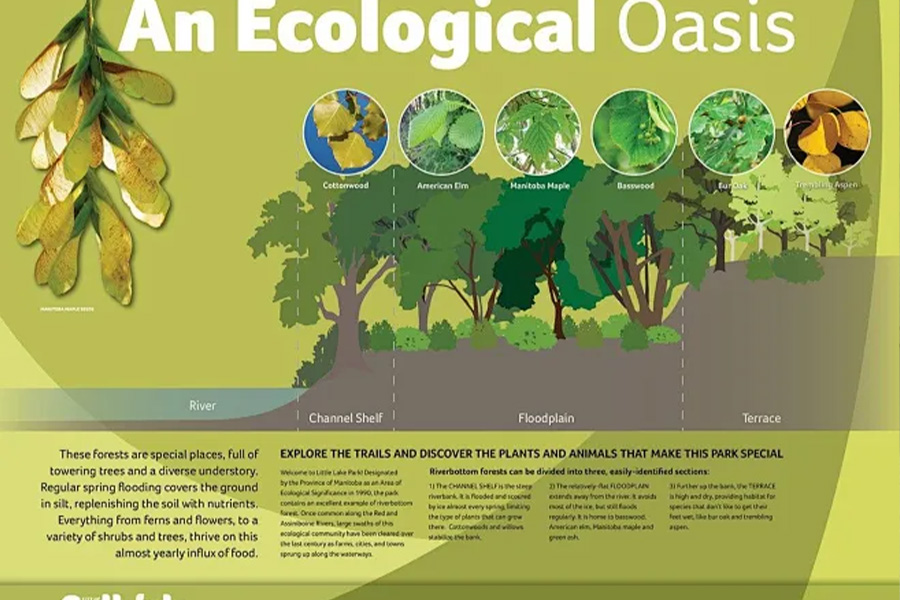Forestry, the science and practice of managing forests, plays a pivotal role in biodiversity conservation and the provision of ecosystem services. This field encompasses a wide range of activities, from tree planting and timber harvesting to wildlife habitat management and forest restoration, all of which have significant implications for the diversity of life and the functions of natural ecosystems.

Biodiversity, the variety of life on Earth, is a cornerstone of ecosystem health and resilience. Forests, as one of the most biodiverse habitats on the planet, harbor countless species of plants, animals, and microorganisms. These species interact in complex ways, forming intricate webs of life that support a myriad of ecosystem services. These services, such as clean water supply, nutrient cycling, pollination, and climate regulation, are essential for human well-being and the functioning of natural systems.
Forestry practices can have profound impacts on biodiversity and ecosystem services. On one hand, unsustainable forest management, such as clear-cutting and over-exploitation of resources, can lead to habitat destruction, species loss, and the degradation of ecosystem functions. On the other hand, well-managed forests can serve as refuges for biodiversity, providing critical habitats for numerous species and maintaining the ecological processes that underpin ecosystem services.
One of the key ways forestry contributes to biodiversity conservation is through the creation and maintenance of protected areas. These areas, which may include national parks, wildlife reserves, and conservation easements, are designed to protect natural habitats and species from human disturbance. Forestry professionals often play a critical role in the planning, implementation, and monitoring of these protected areas, ensuring that they are effective in conserving biodiversity.
In addition to protected areas, forestry practices can also support biodiversity conservation through sustainable forest management. This approach involves using forest resources in a way that maintains or enhances the ecological integrity of the forest while meeting human needs. Sustainable forest management practices may include selective cutting, which involves removing only a portion of the trees in a forest to minimize habitat disturbance, and the use of natural regeneration methods to promote the growth of new trees.
Moreover, forestry can play a vital role in ecosystem restoration. In many parts of the world, forests have been degraded or destroyed due to human activities such as agriculture, urbanization, and industrial development. Forestry professionals can use a variety of techniques, such as reforestation, afforestation, and agroforestry, to restore degraded forests and promote the recovery of biodiversity and ecosystem services.
The provision of ecosystem services is another important aspect of forestry's role in biodiversity conservation. Forests provide a wide range of services that are essential for human well-being, including clean water, air purification, carbon sequestration, and recreational opportunities. By managing forests in a way that maintains or enhances these services, forestry professionals can contribute to the sustainability of human societies and the natural world.
In conclusion, forestry plays a crucial role in biodiversity conservation and the provision of ecosystem services. Through sustainable forest management, the creation and maintenance of protected areas, and ecosystem restoration, forestry professionals can help to protect and restore the diversity of life and the functions of natural ecosystems. As we face the challenges of the 21st century, the role of forestry in conserving biodiversity and promoting ecosystem services will become even more important, as these natural systems provide the foundation for a healthy and resilient planet.

 Return
Return


